Robert Triggs / Android Authority
This was a significant year for Android phones, as several innovations and improvements were keenly felt. Whether it’s the Snapdragon 8 Elite’s huge CPU performance leap, the continued rise of silicon-carbon batteries, durability improvements, or slick camera hardware, there were several notable trends in this generation.
Technology waits for no one, though, and next-generation smartphone processors have already been revealed. We’ve even seen the first next-generation high-end phones in the Xiaomi 17 series. With all that in mind, I thought it would be a good idea to look at the features you should expect in 2026’s flagship Android phones.
What are you looking forward to in next-gen phones?
152 votes
Video capture could get a massive boost
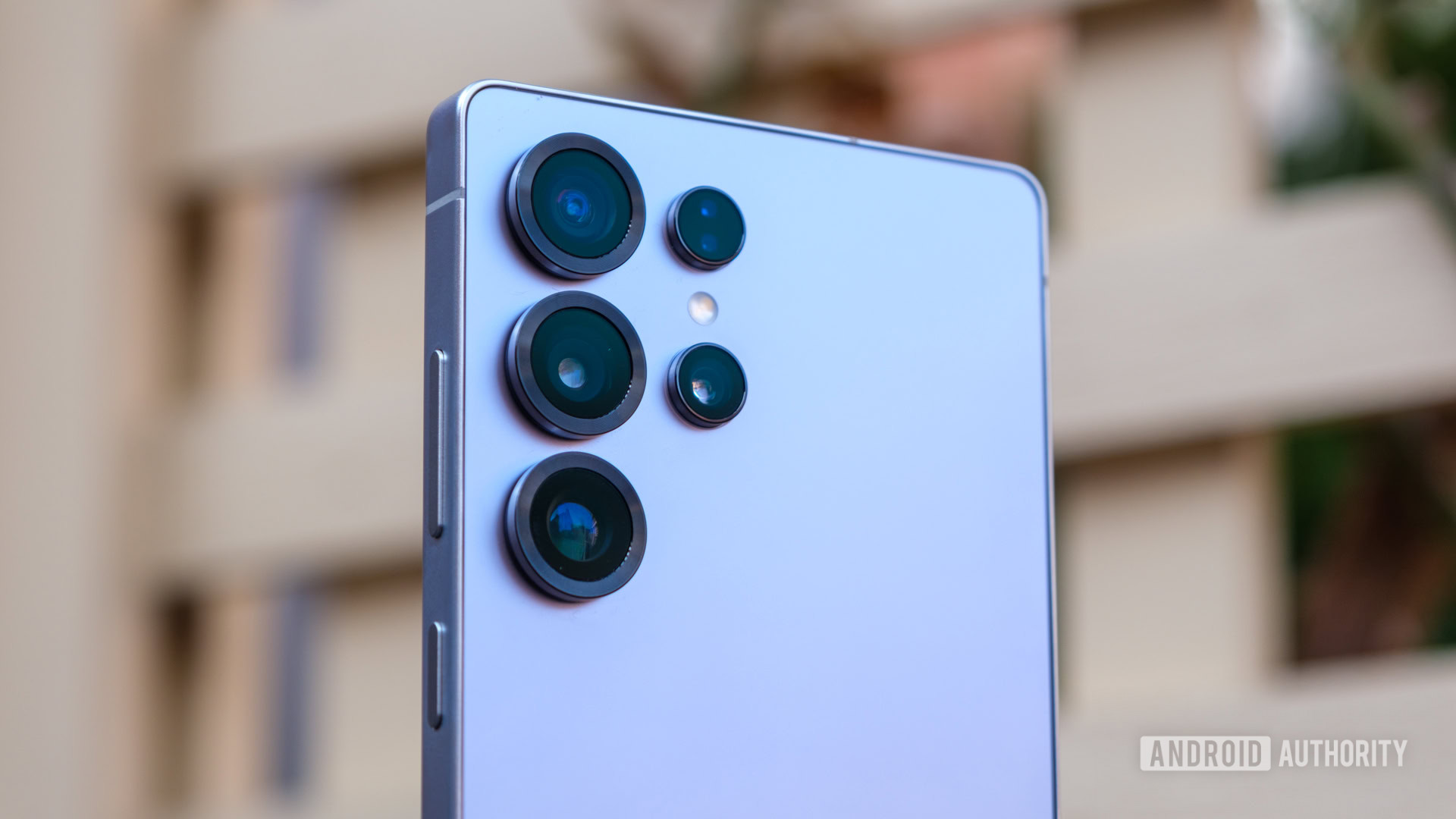
Ryan Haines / Android Authority
The Snapdragon 8 Elite Gen 5 and Dimensity 9500 chips are expected to power the majority of high-end Android phones globally. And the good news is that both of these chips bring impressive video upgrades.
Qualcomm’s new Snapdragon chip is the first mobile processor to support the Advanced Professional Video (APV) codec. This codec is meant to offer “perceptually lossless” video quality while still allowing for adjustments in post-production. These tweaks include color grading and highlight/shadow adjustments. This is an encouraging addition for “prosumers” and enthusiasts in general. Furthermore, Google previously confirmed that Android 16 supports APV, while Galaxy S26 series rumors also mention APV support.
Meanwhile, MediaTek says its Dimensity 9500 is the first Android chipset to support 4K/120fps video with Dolby Vision. It’ll also best Apple’s iPhones by supporting 4K/60fps cinematic portrait video (up from 4K/30fps). So, our fingers are crossed that phone makers take advantage of these video enhancements.
Today’s big batteries will get bigger
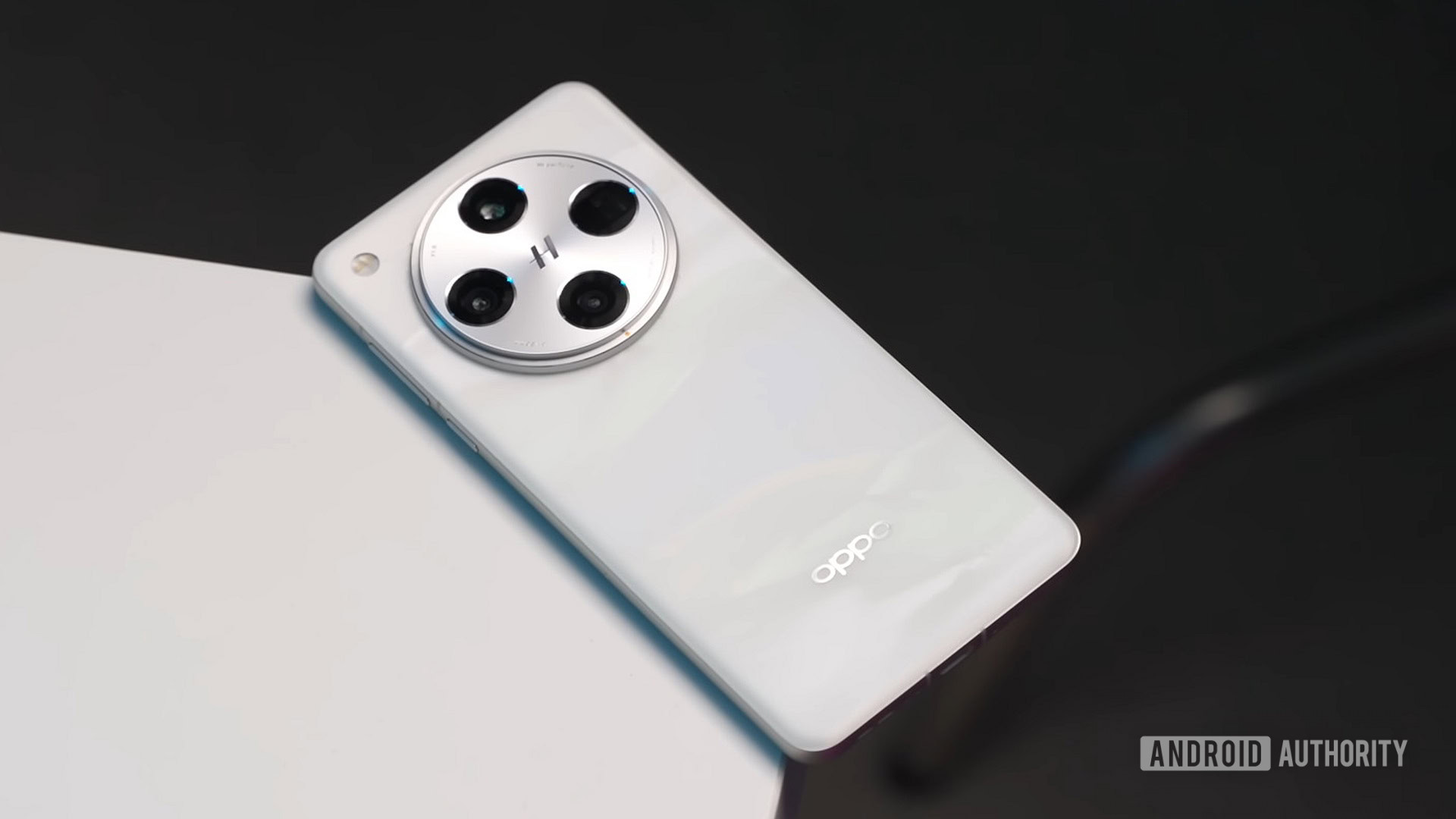
Andy Walker / Android Authority
Silicon-carbon batteries were a major theme in 2025, following their debut in 2023. The OnePlus 13 and vivo X200 Pro have 6,000mAh batteries, while the realme GT7 Pro offers a 6,500mAh battery. The China-only HONOR Power has a crazy 8,000mAh battery. Unfortunately, Apple, Google, and Samsung haven’t hopped on this bandwagon yet.
Nevertheless, rival brands are streaking ahead with even larger batteries. The Xiaomi 17 series exemplifies this approach, as the three phones have batteries ranging from 6,300mAh to 7,500mAh. Even the base Xiaomi 17 has a 7,000mAh battery despite its 6.3-inch screen. Meanwhile, the OnePlus 15 is said to have a massive 7,800mAh battery, while the OPPO Find X9 Pro could have a 7,550mAh battery.
Xiaomi says it’s increased the silicon content in its batteries to achieve these gains, and we suspect other brands could be doing the same. That raises concerns about the long-term stability of these batteries, as increased silicon content typically means a more unstable and unreliable battery over time. In any event, brands like Samsung and Google still haven’t embraced basic silicon-carbon batteries. We really hope this changes in 2026.
Even larger AI models running on-device

C. Scott Brown / Android Authority
AI models are massive, so companies often have to use smaller models or technologies like quantization (i.e., compression) to get them running on a smartphone. However, chipmakers have come up with a couple of interesting solutions in recent months.
For one, MediaTek has announced that the Dimensity 9500 supports absolutely tiny 1.58-bit AI models via the BitNet-1 framework. This apparently means a 50% drop in power consumption and reduced storage requirements, but I do wonder how capable these models will be.
Meanwhile, the Qualcomm Snapdragon 8 Elite Gen 5 now supports INT2 precision for higher quantization of AI models. This support comes a few years after the Snapdragon 8 Gen 2 introduced INT4 precision, which was a milestone for on-device AI at the time. Either way, phones powered by these new chips should be able to run ever-larger AI models, which should result in more complex AI capabilities.
Third-party AI tasks should get a speed upgrade
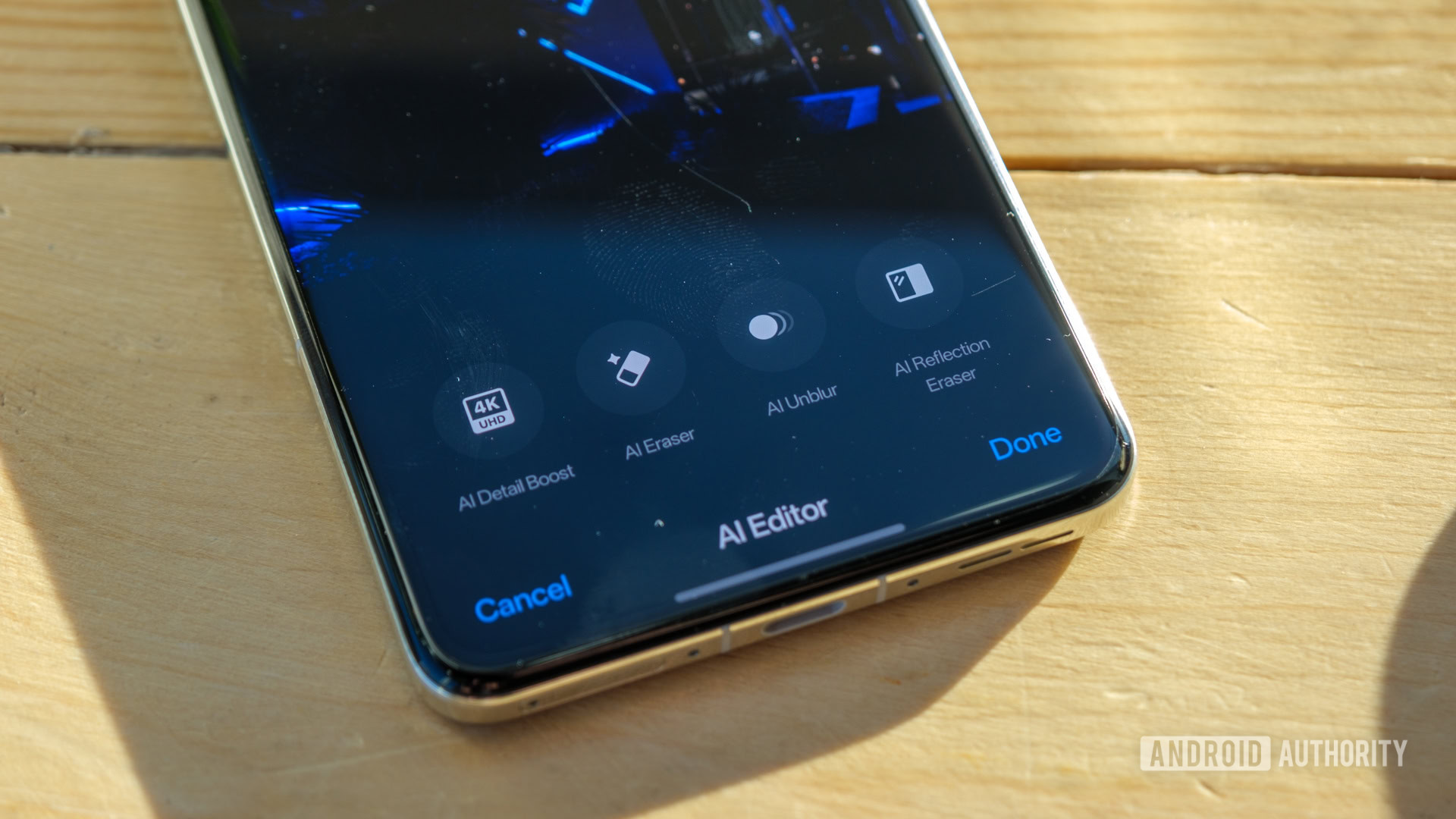
Ryan Haines / Android Authority
Samsung Galaxy AI and Google’s AI features tend to run well on their respective devices, as they are designed to tap into dedicated AI silicon. However, many third-party AI apps and services fall back to the CPU or GPU if they aren’t optimized for dedicated AI hardware. That’s not ideal, as the CPU and GPU are typically less efficient and/or powerful than the NPU. Leading Android silicon makers are addressing this issue, though.
The Dimensity 9500’s CPU supports SME2, which is an optional set of instructions and hardware for Arm’s latest CPUs. MediaTek says this enables 50% better object detection processing performance and 50% lower power when running “encoding/decoding” models. Arm also previously claimed that SME2 enables six times faster responses with Google’s Gemma 3 model and the ability to summarize 800 words in just a second on a single (unspecified) CPU. Qualcomm’s Snapdragon 8 Elite Gen 5 supports SME rather than the latest SME2 extensions, which suggests more modest AI-related gains.
These enhancements won’t replace dedicated AI hardware, but AI workloads not optimized for a given chipset/phone should get a meaningful speed boost. Our fingers are crossed that low-end processors with SME/SME2 launch in 2026, as these chips traditionally lack powerful AI silicon.
200MP photos could finally be worthwhile
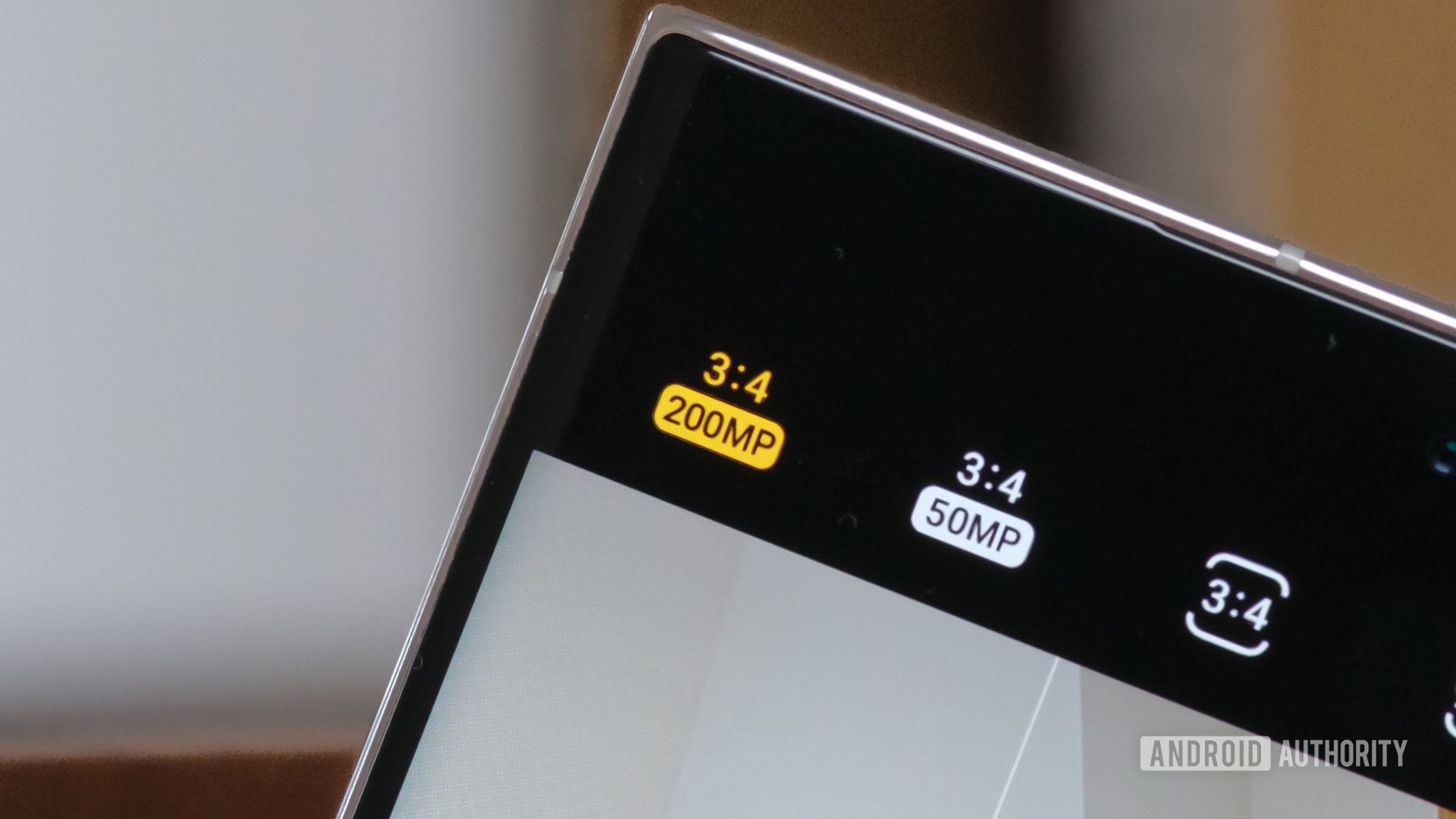
Robert Triggs / Android Authority
Pretty much all phones with 200MP cameras take disappointing full-resolution photos in most situations. That’s because 200MP photos are effectively single-frame snapshots devoid of additional image processing. This is set to change for at least one brand.
OPPO confirmed last month that the Find X9 Pro’s 200MP telephoto camera uses “multi-frame fusion” technology to deliver better 200MP photos. That means shooting full-resolution 200MP snaps won’t necessarily be a waste of time.
This technology might not be exclusive to OPPO, either, as MediaTek has confirmed that the Dimensity 9500 chip (used in the Find X9 Pro) supports 200MP capture and 320MP “snapshots.” This distinction between “capture” and “snapshot” suggests that the chip indeed supports 200MP shots with additional processing.
Some phones could have ultra-dark displays
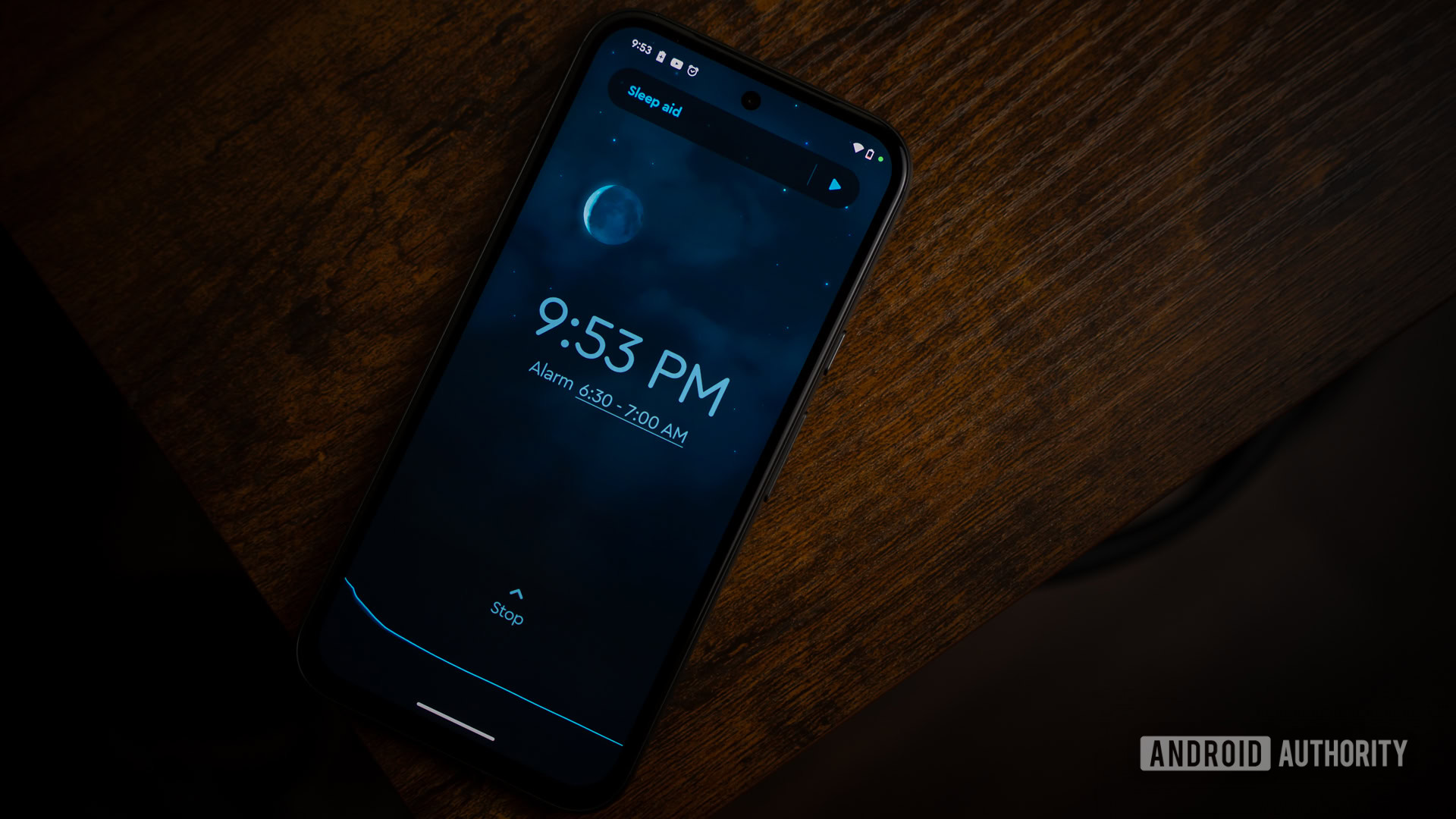
Edgar Cervantes / Android Authority
Smartphone makers love to hype up the peak brightness of their displays, even though this measurement is a gimmick. However, we could see some manufacturers going in the opposite direction with their new-generation phones.
MediaTek has previously claimed that its Dimensity 9500 chipset supports one-nit of display brightness. This support comes a year after the iPhone 16 Pro series debuted one-nit display brightness. That’s impressively dark, but what would such a dark screen be used for? Well, bedtime reading is one popular use case, as your phone screen won’t necessarily disturb your partner.
It looks like OPPO and vivo’s new flagship phones will both support one-nit display brightness, and we may see other brands adopt the display feature throughout 2026.
Longer battery life when gaming
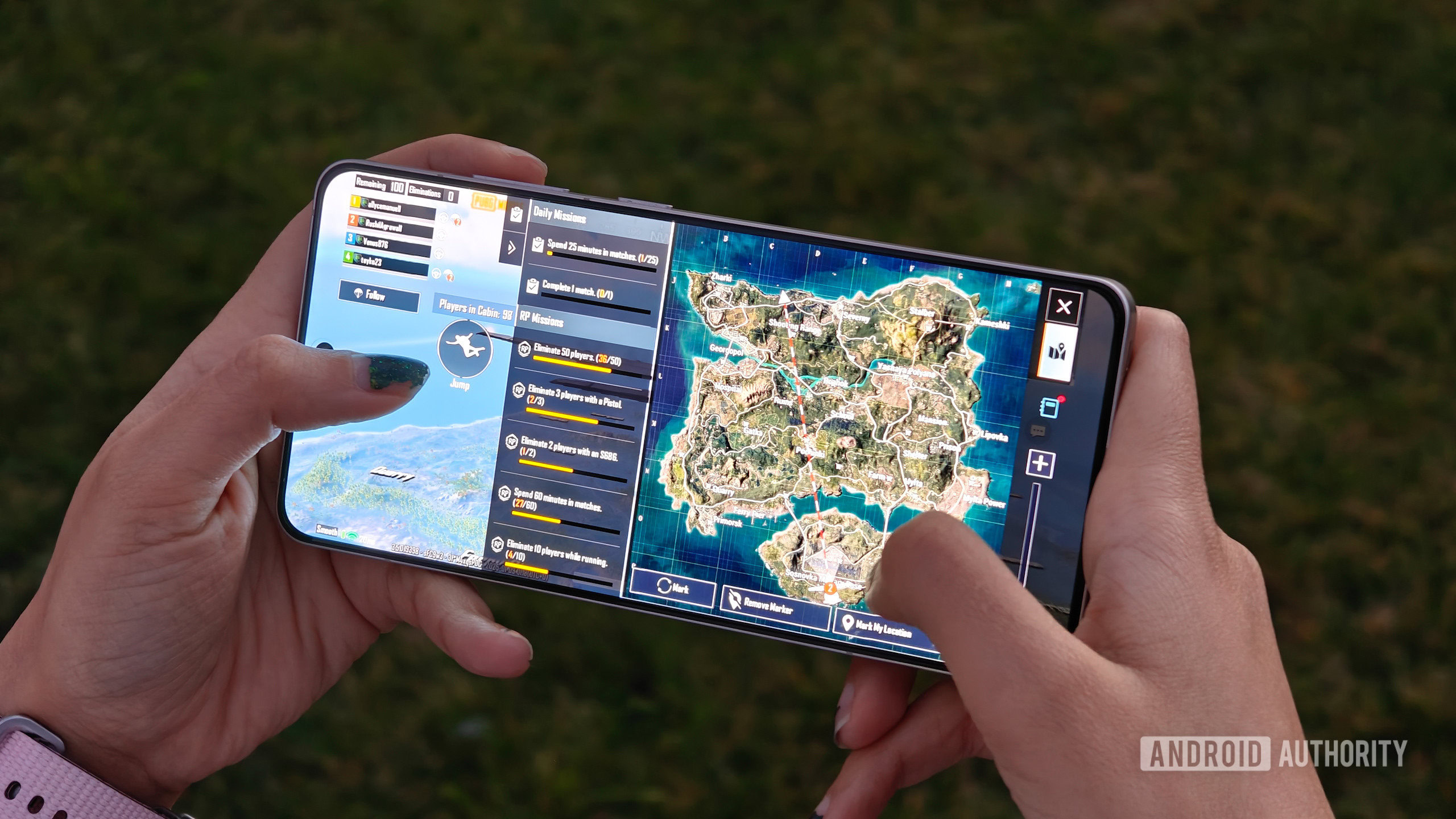
Rushil Agrawal / Android Authority
Gaming is a sure-fire way to drain a phone’s battery, but both Qualcomm and MediaTek have made some efficiency gains that bode well for future Genshin Impact and Call of Duty sessions. For starters, the Snapdragon 8 Elite Gen 5’s GPU offers a 20% drop in power consumption over the 8 Elite GPU. That’s a pretty decent efficiency improvement.
However, the Dimensity 9500 GPU ups the ante with 42% better power efficiency. That’s a substantial improvement over the Dimensity 9400, which already offered 44% better efficiency. In any event, it seems like you should be able to game for longer with these new chips.
Those are the main things we expect to see from Android flagships in 2026. Which of these are you most excited for? Is there another feature you hope to see that we didn’t mention? Let us know in the comments.
Thank you for being part of our community. Read our Comment Policy before posting.








